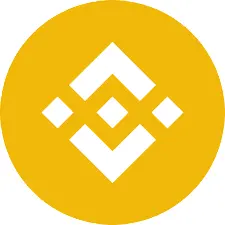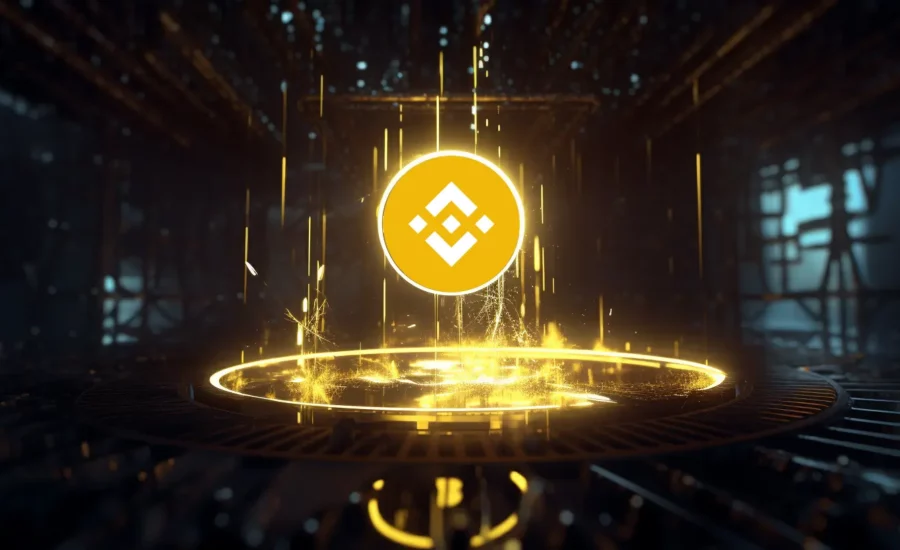Cryptocurrencies have come a long way since the inception of Bitcoin in 2009. They have evolved from being mere digital currencies to having multifaceted utilities within the blockchain ecosystem. One such cryptocurrency that has undergone a remarkable transformation is Binance Coin (BNB). Let’s learn all about Binance Coin, from its origins as an exchange token to its current status as a versatile utility coin.
Introduction to Binance Coin (BNB)
Binance Coin, often abbreviated as BNB, was launched in July 2017 by Binance, one of the world’s largest cryptocurrency exchanges. Initially, BNB was primarily used to pay trading fees on the Binance platform. Traders could enjoy reduced fees by using BNB for transactions. This simple utility gave birth to a digital asset that would soon find itself at the center of various blockchain applications.
The Rise of BNB as an Exchange Token
The Utility of BNB in Trading
At the outset, BNB’s primary function was to serve as a utility token within the Binance exchange. Traders could use it to pay for trading fees, making it a cost-effective option for active traders. The reduced fees provided an incentive for users to hold and utilize BNB, leading to its increasing popularity.
BNB’s Influence on the Crypto Market
As BNB gained traction, it started to influence the broader cryptocurrency market. Its performance often correlated with the overall market sentiment. During bull runs, BNB’s value surged, attracting more investors and traders.
Expanding Horizons: BNB Beyond the Exchange
The Launch of Binance Smart Chain (BSC)
One of the pivotal moments in BNB’s journey was the launch of Binance Smart Chain (BSC) in September 2020. BSC is a blockchain platform compatible with the Ethereum Virtual Machine (EVM), allowing developers to build decentralized applications (DApps). BNB became the native cryptocurrency of BSC, unlocking a new realm of possibilities.
BNB Staking and DeFi
Binance introduced BNB staking, enabling users to earn rewards by locking up their tokens. Moreover, BNB found its place in the booming world of decentralized finance (DeFi). It became a crucial asset for liquidity provision, yield farming, and governance in various DeFi projects.
 BNB as a Utility Token
BNB as a Utility Token
NFTs and BNB
The rise of non-fungible tokens (NFTs) opened up yet another avenue for BNB. NFT marketplaces and platforms started to incorporate BNB as a means of payment for digital collectibles and artworks.
Payment Solutions
With its growing popularity, BNB has been adopted as a payment solution by various merchants and businesses. Users can now use BNB for everyday transactions, bridging the gap between cryptocurrencies and traditional finance.
FAQs about Binance Coin (BNB)
Q: How can I buy Binance Coin (BNB)? A: You can purchase Binance Coin (BNB) on major cryptocurrency exchanges like Binance, Coinbase, and Kraken.
Q: What is the total supply of Binance Coin (BNB)? A: The total supply of Binance Coin (BNB) is 170 million tokens.
Q: Can I stake my BNB tokens? A: Yes, you can stake BNB tokens to earn rewards or participate in various DeFi projects.
Q: Is BNB compatible with the Ethereum network? A: Yes, BNB is compatible with the Ethereum Virtual Machine (EVM) through Binance Smart Chain (BSC).
Q: What is the future outlook for Binance Coin (BNB)? A: Binance Coin (BNB) continues to evolve, with new use cases emerging regularly. Its future as a versatile utility token looks promising.
Q: Where can I store my Binance Coin (BNB)? A: You can store Binance Coin (BNB) in Binance’s official wallet or various other cryptocurrency wallets that support BNB.
Conclusion
Binance Coin (BNB) has come a long way from its origins as a simple exchange token. Its journey into the world of utility coins and blockchain applications showcases the rapid evolution of the cryptocurrency landscape. As BNB continues to expand its use cases and influence, it remains an exciting asset to watch in the ever-changing crypto market.





